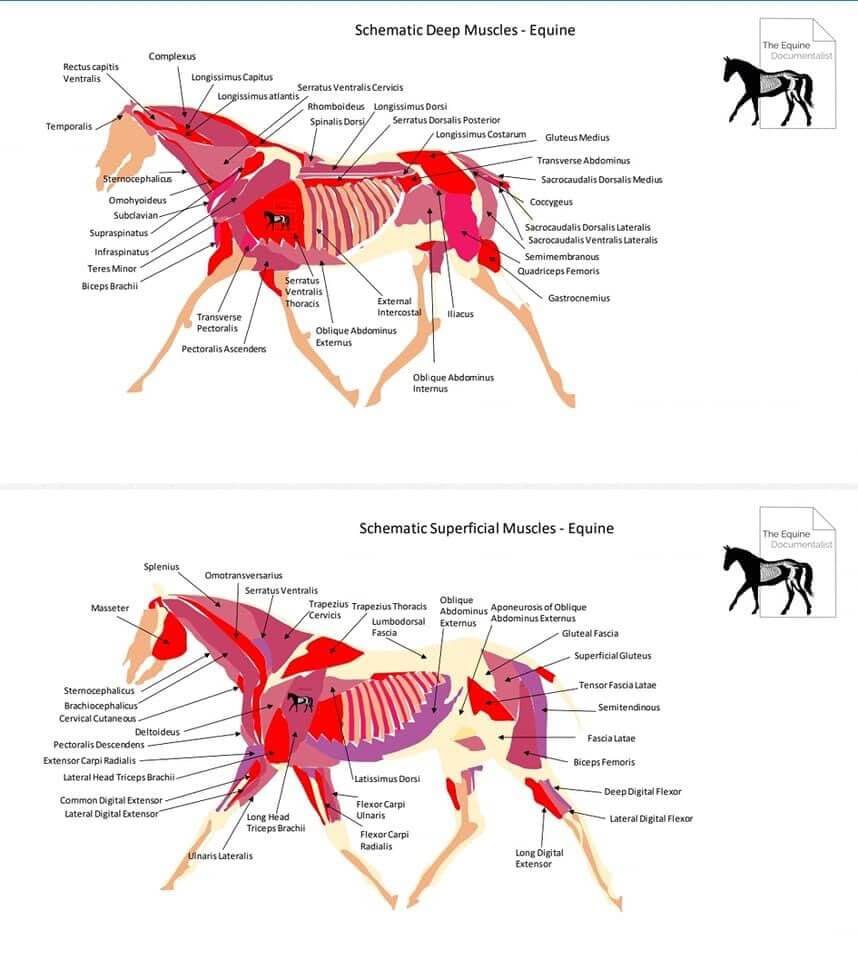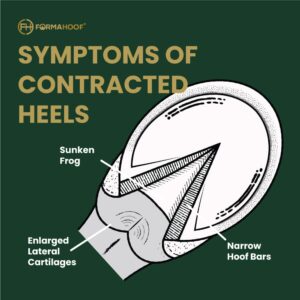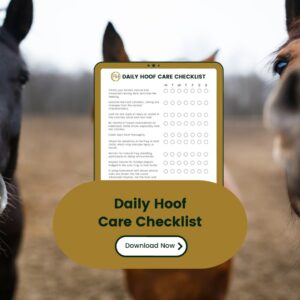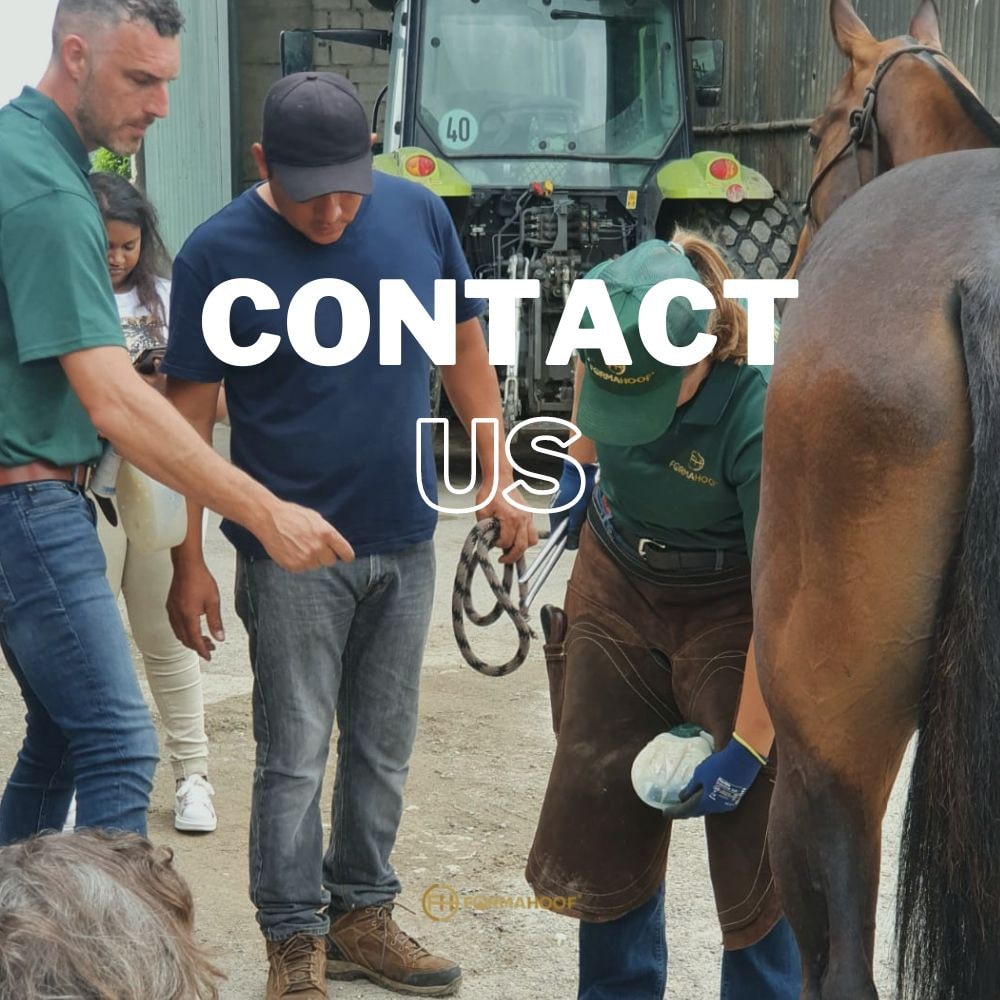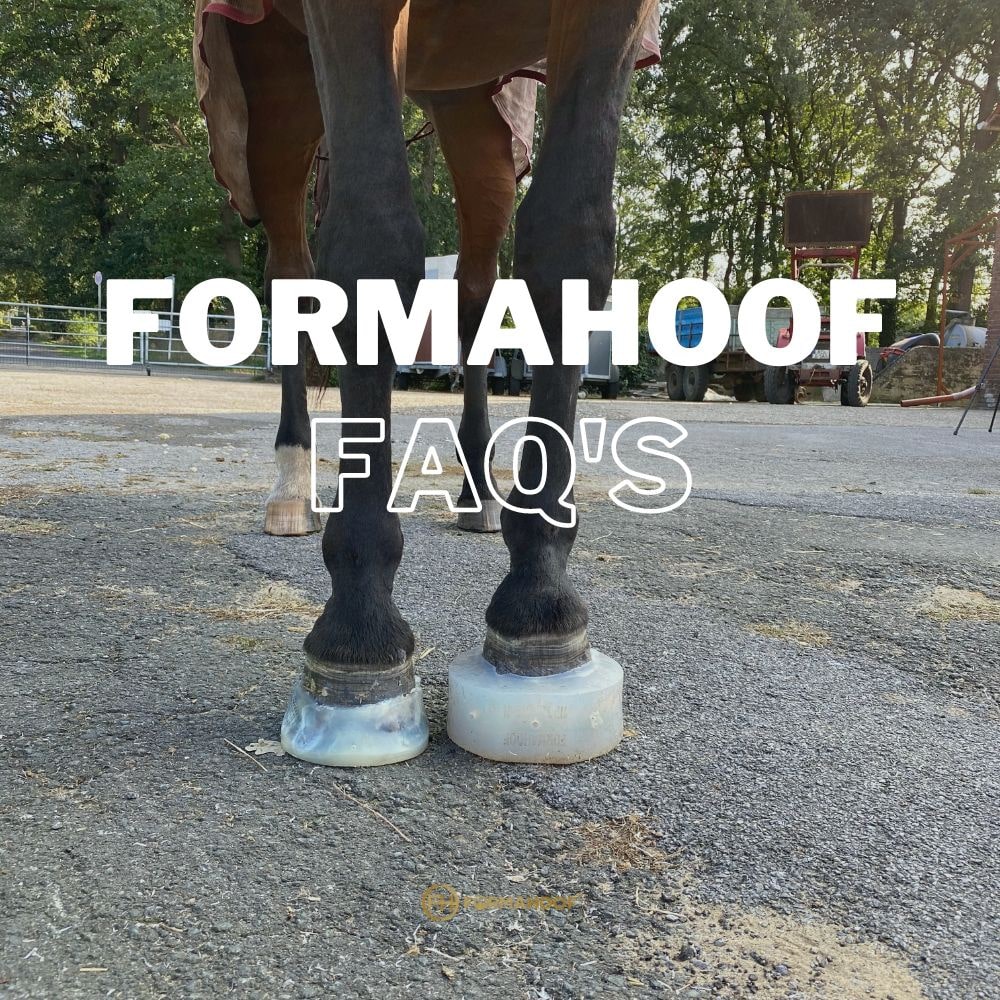with Yogi Sharp, Farrier, UK
Facts About Negative Plantar Angle
Negative Plantar Angle (NPA) has been linked to many higher pathologies by peer-reviewed studies (Fig.6) and has been linked to antalgic posture seen in most of these pictures.
External hoof pastern axis often correlates very well with phalangeal alignment radiographically (Fig.4), but is often missed due to the compensatory posture adopted by the horse (Fig.3), when the metatarsal is vertical, the broken back HPA is evident.
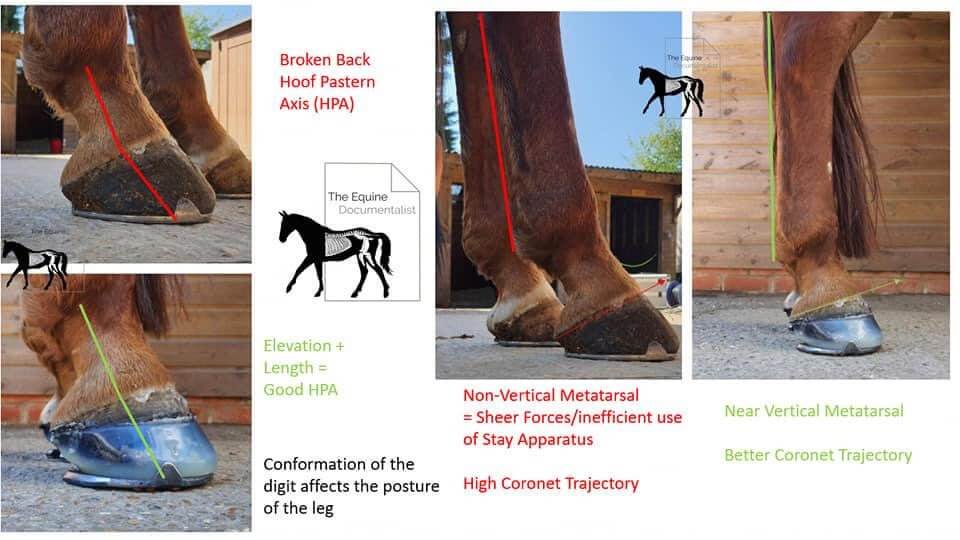
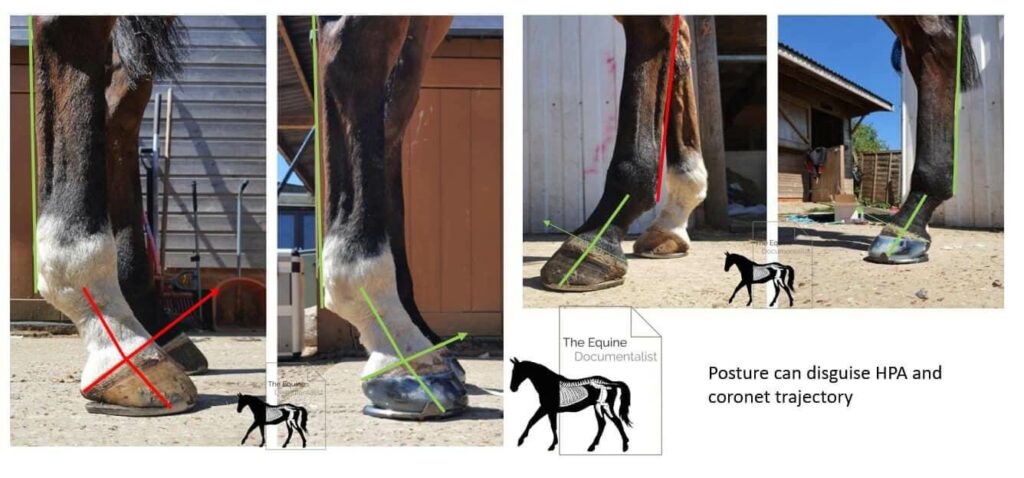
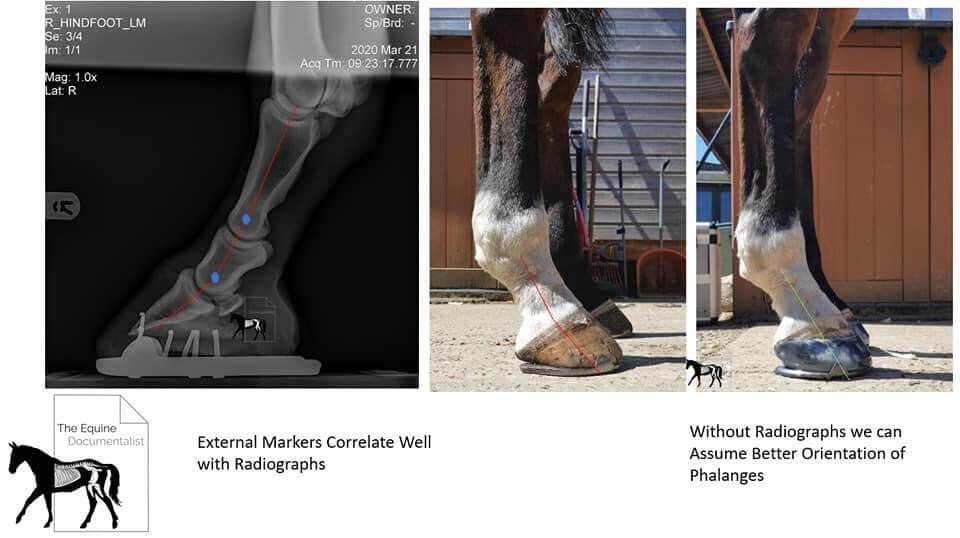
When antalgic posture is assumed a non-vertical metatarsal creates a straight HPA, but affects the posture of the limb putting strain on the entire musculoskeletal system (Fig.5).
Creating more ideal position and orientation of the hoof changes the posture. As kinetic chain, bio-tensegrity and myofascial theory suggests this will create more ideal load on the entire musculoskeletal system (Fig.7).

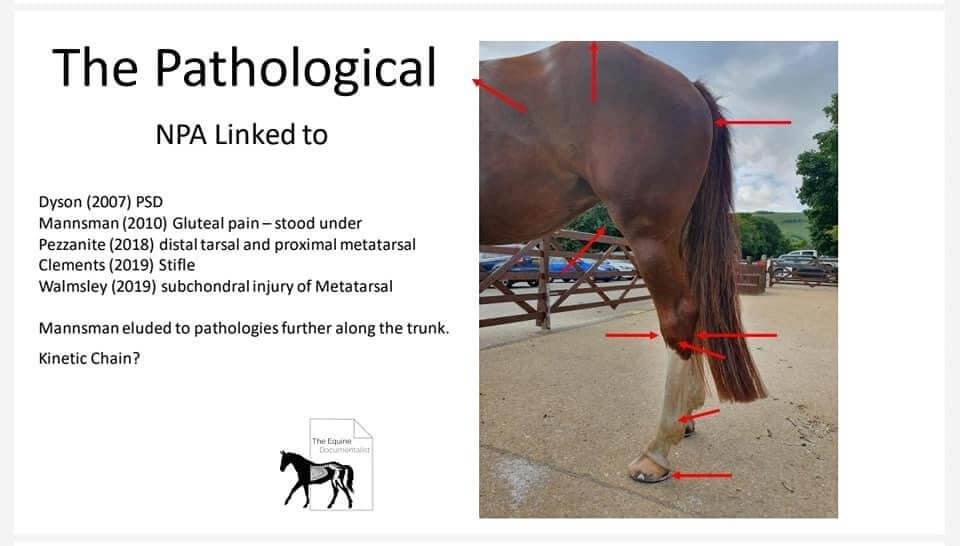
In these cases FormaHoof has allowed elevation without weight, the coupling of elevation and length more optimally orientates the hoof and subsequently the limb (Fig.2+Fig.5) and this influence will extend further into the trunk.
Hoof pastern axis, phalangeal alignment and a positive palmer/plantar angle are important in whole horse integrity.
